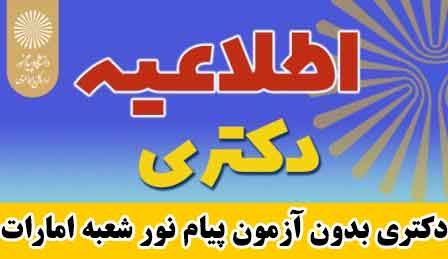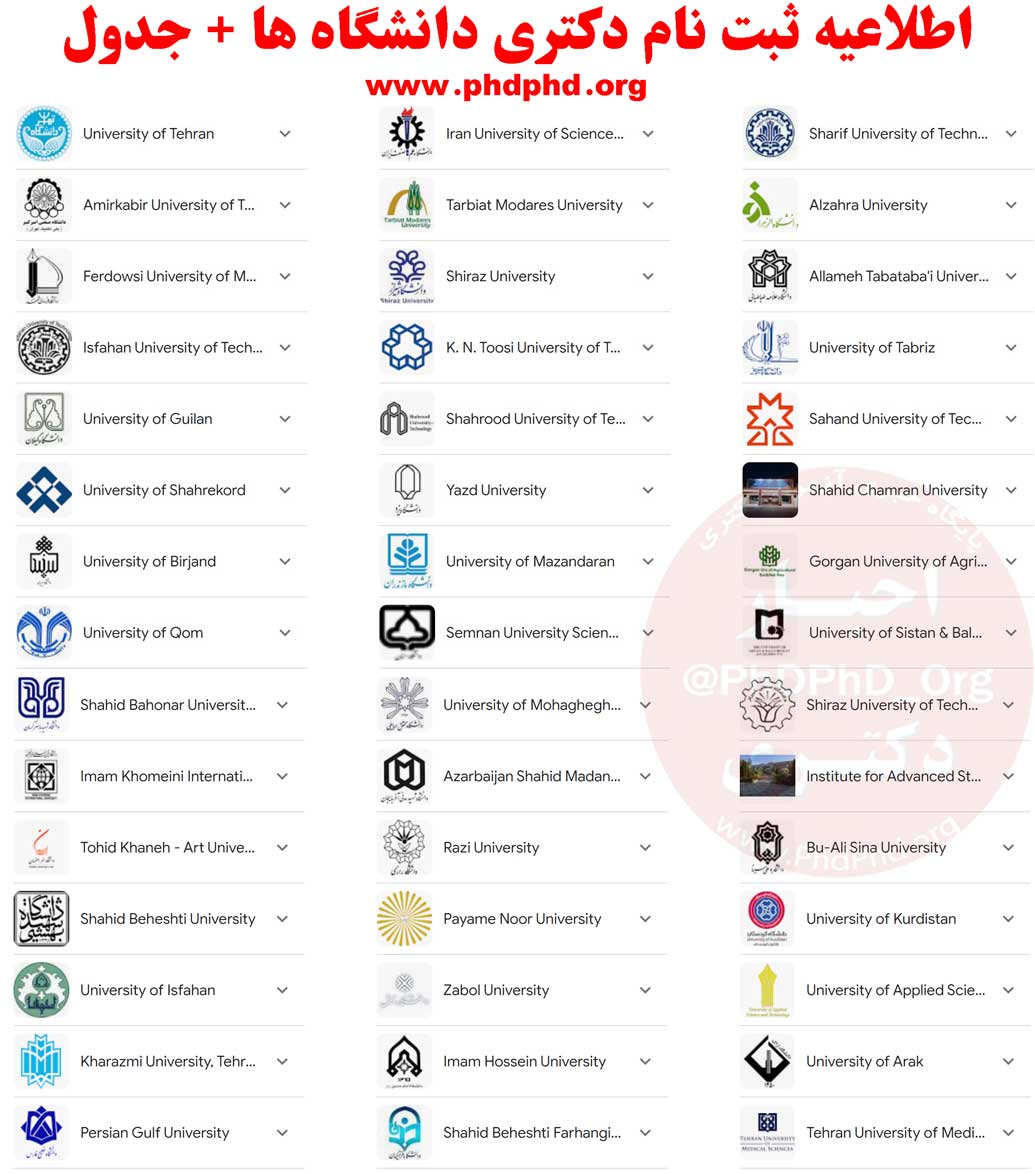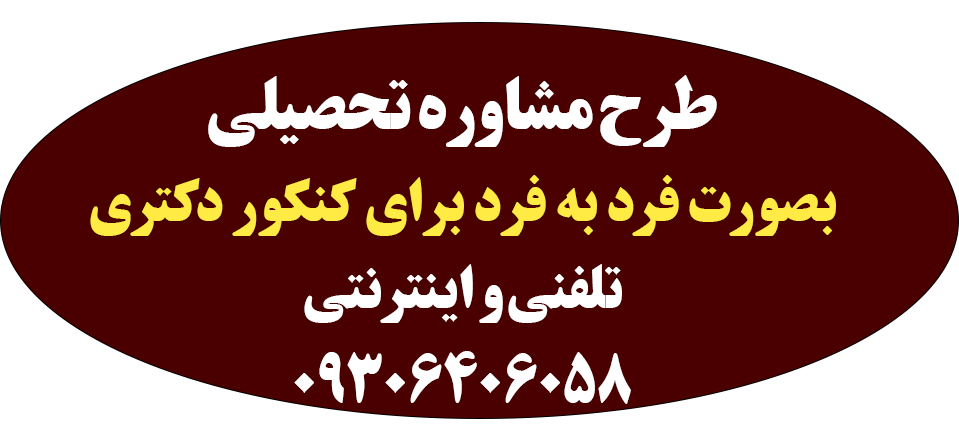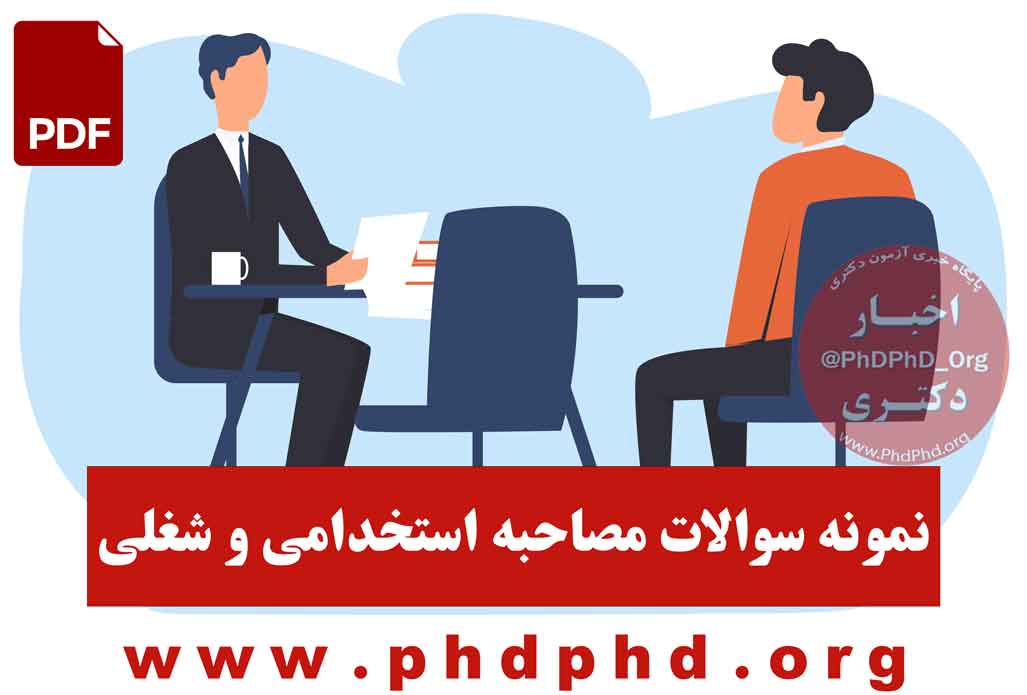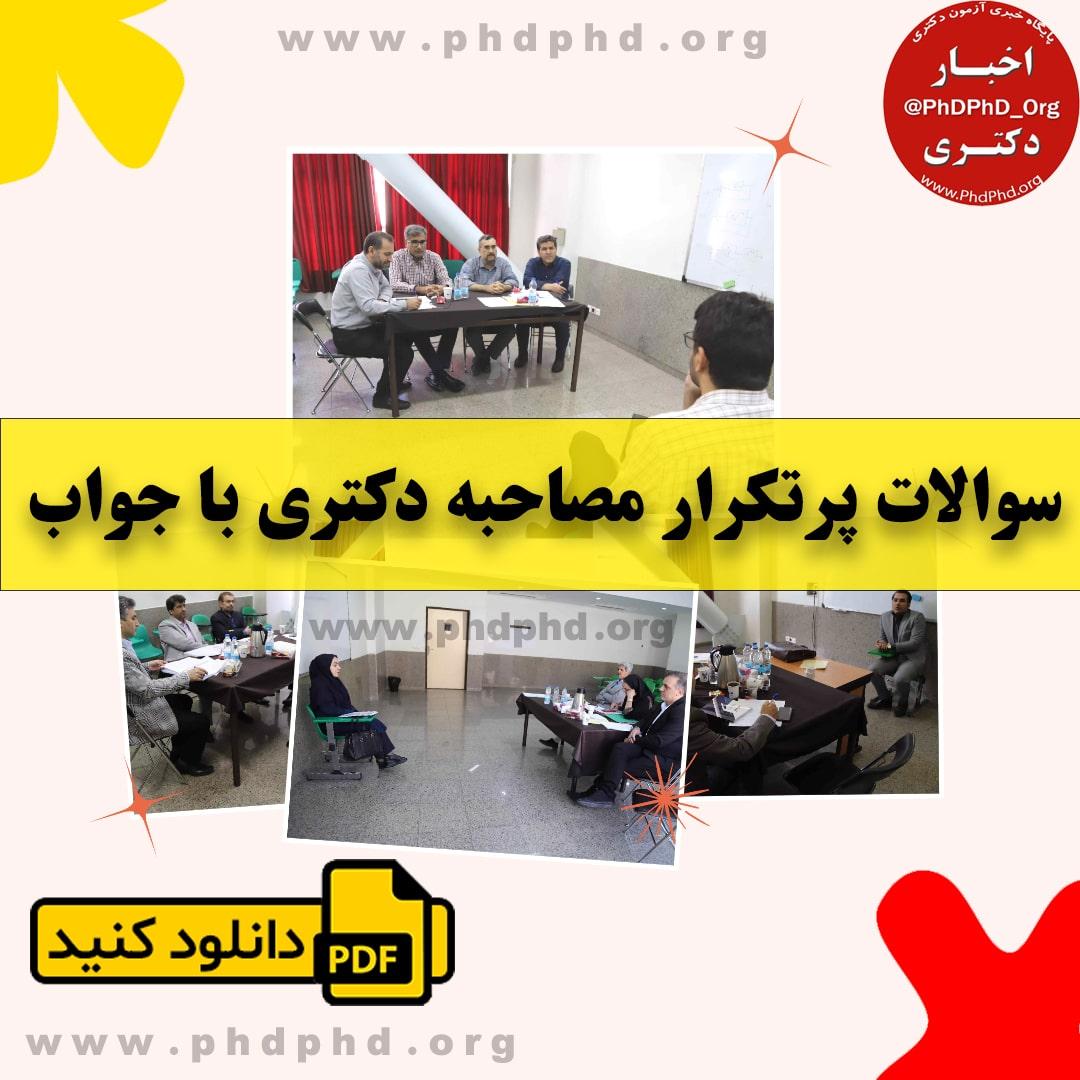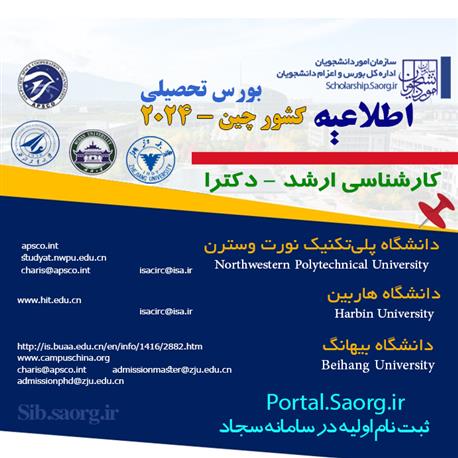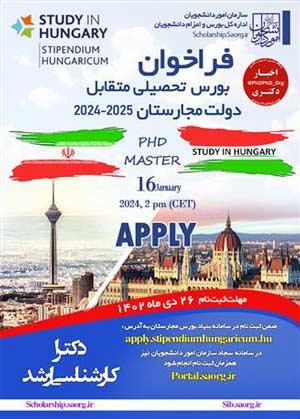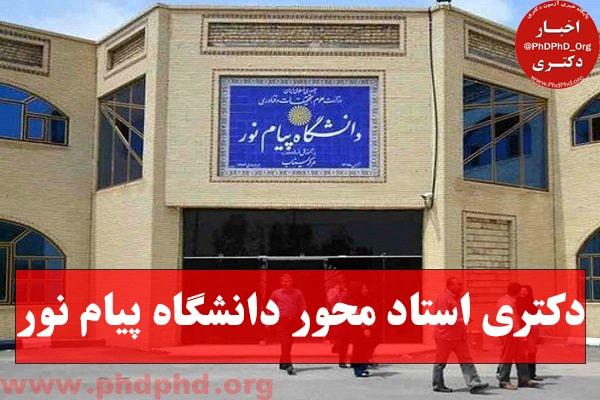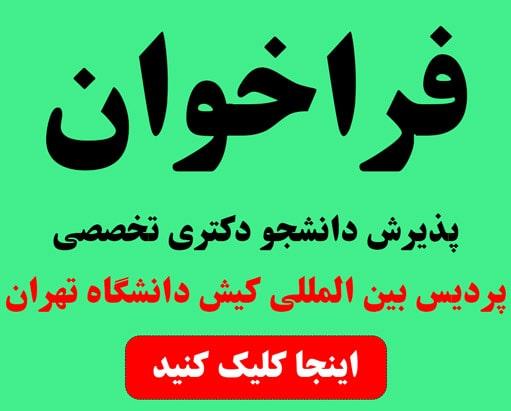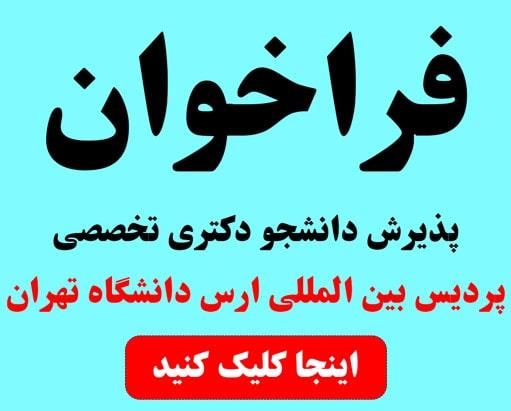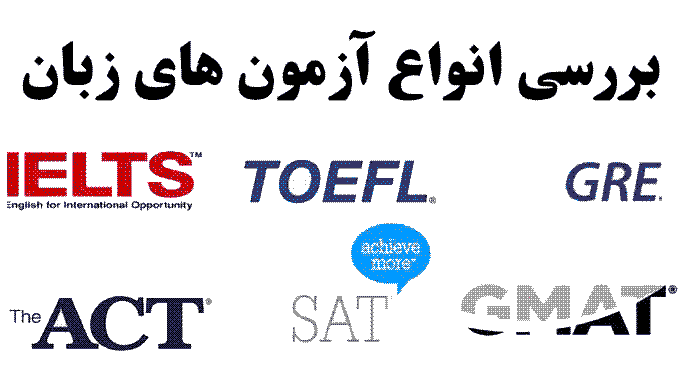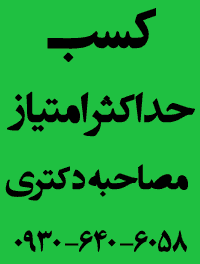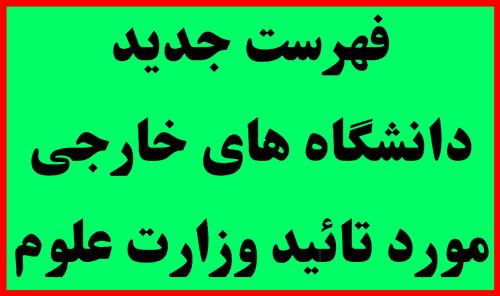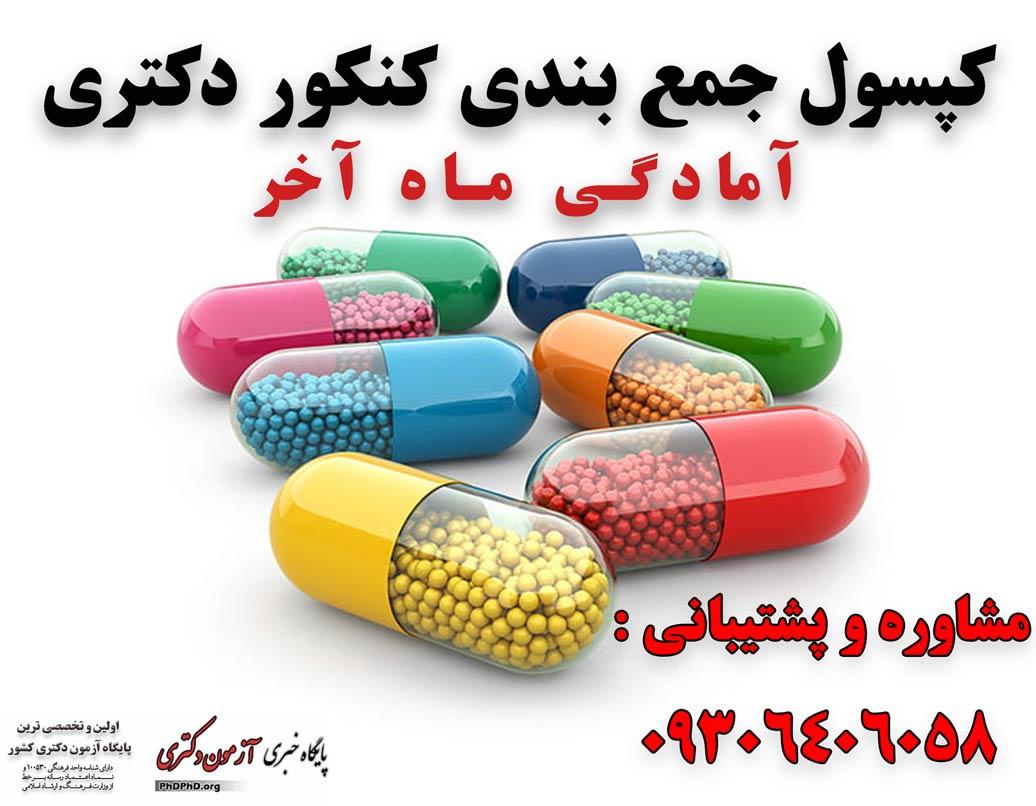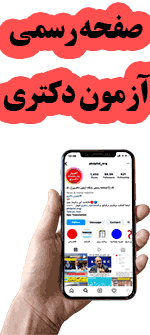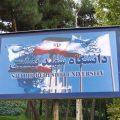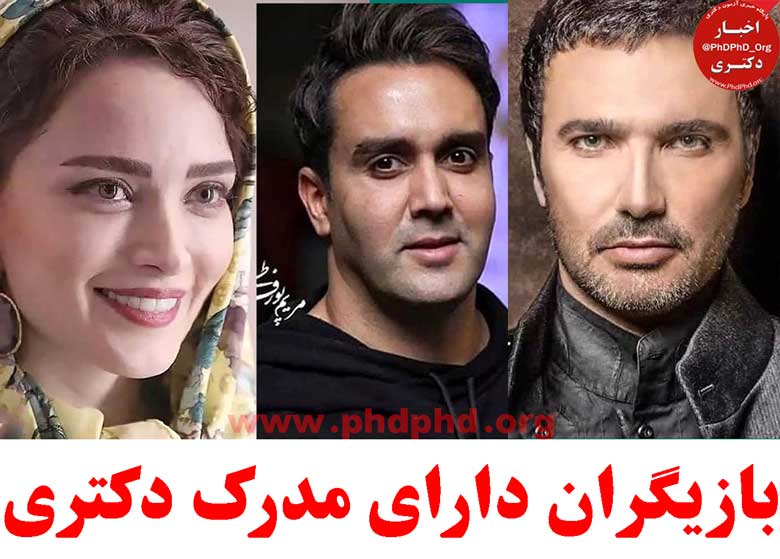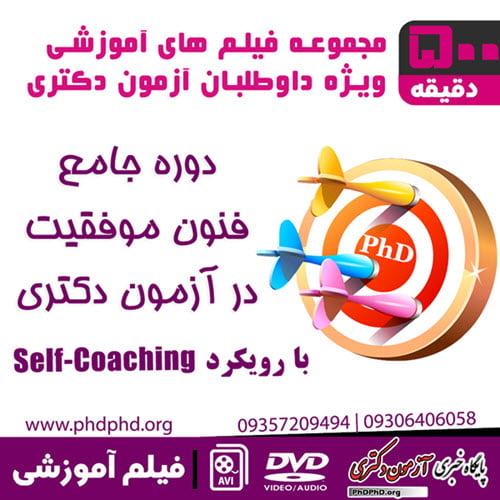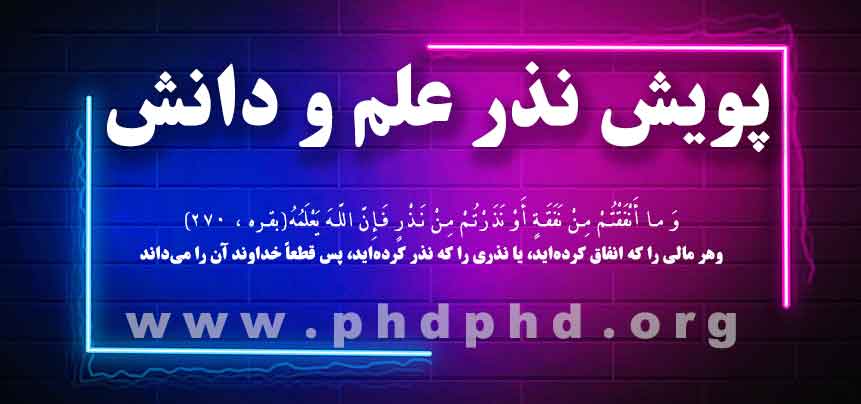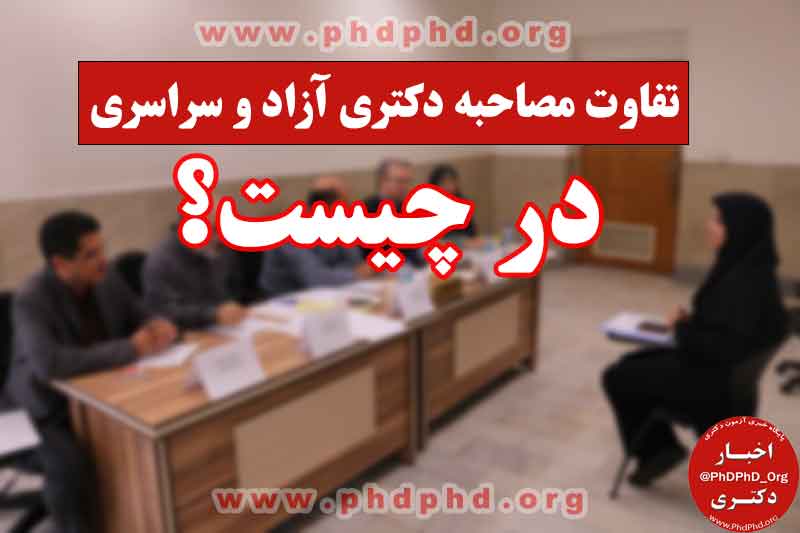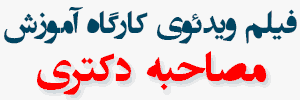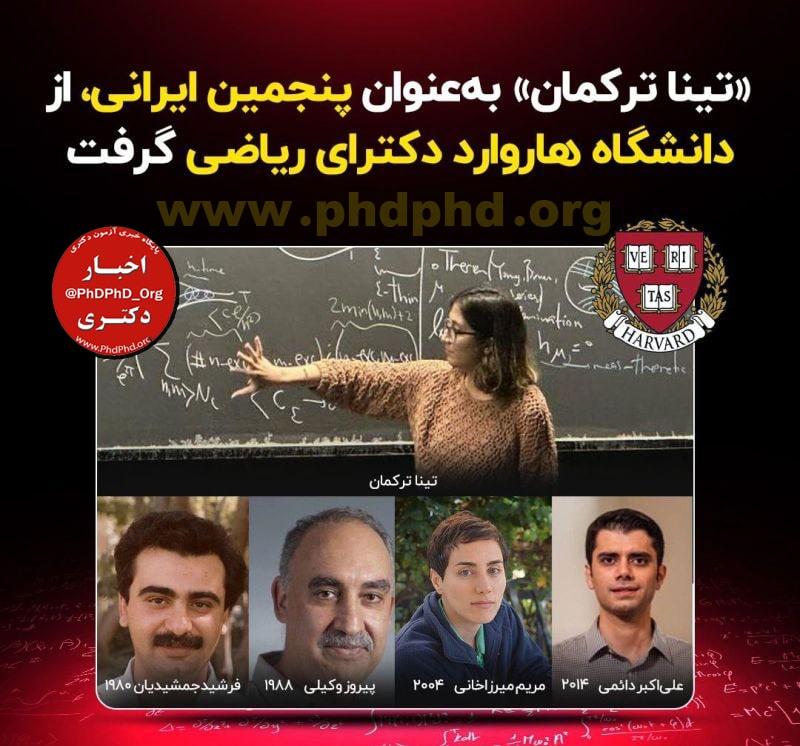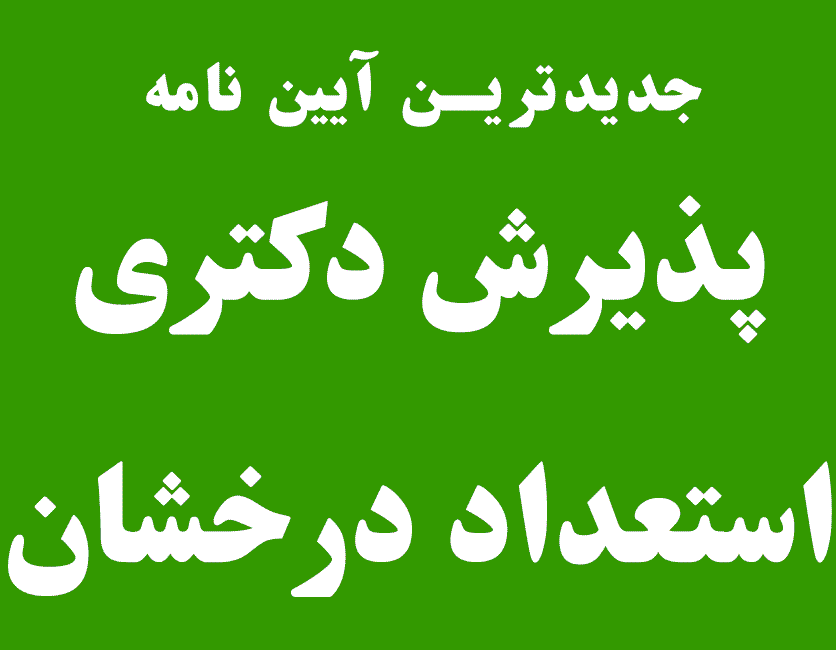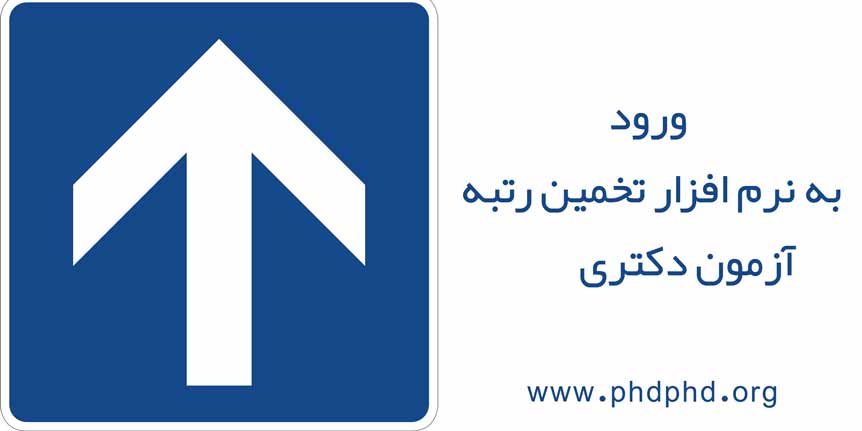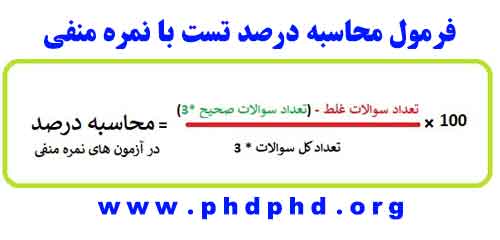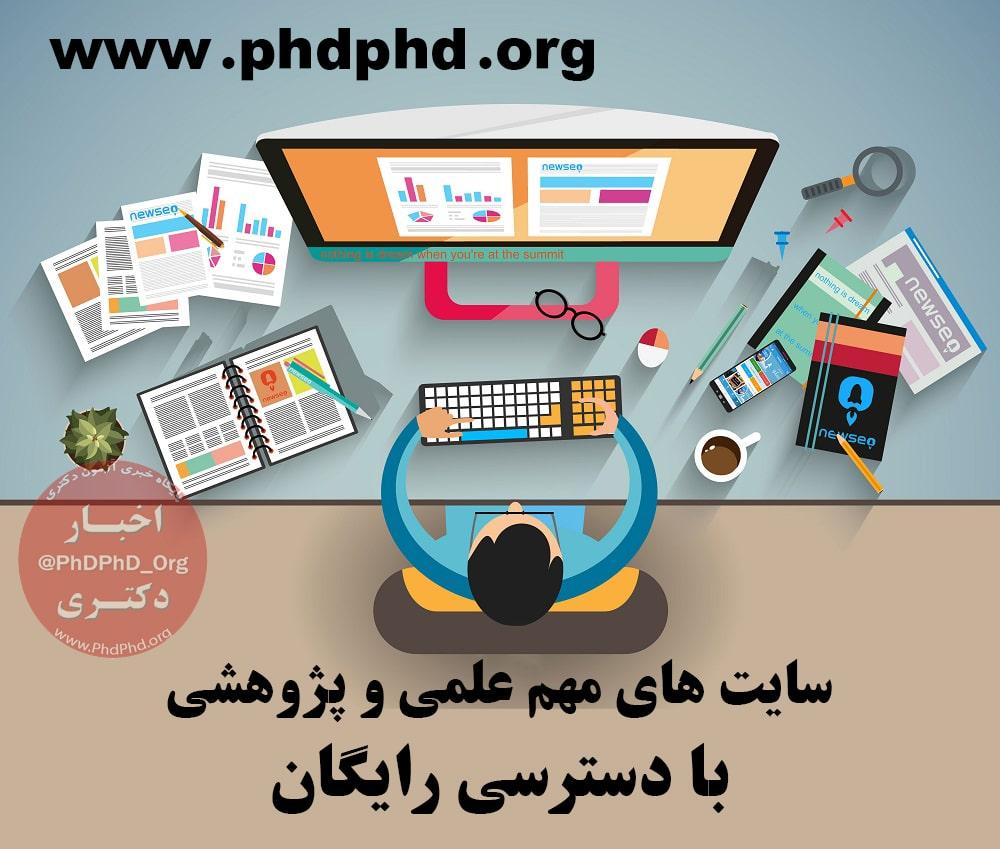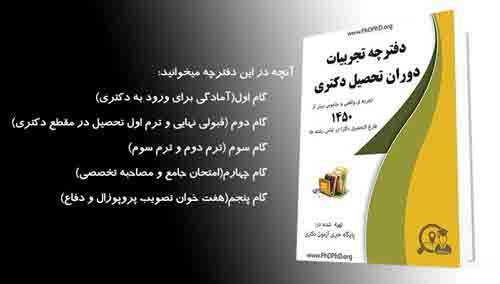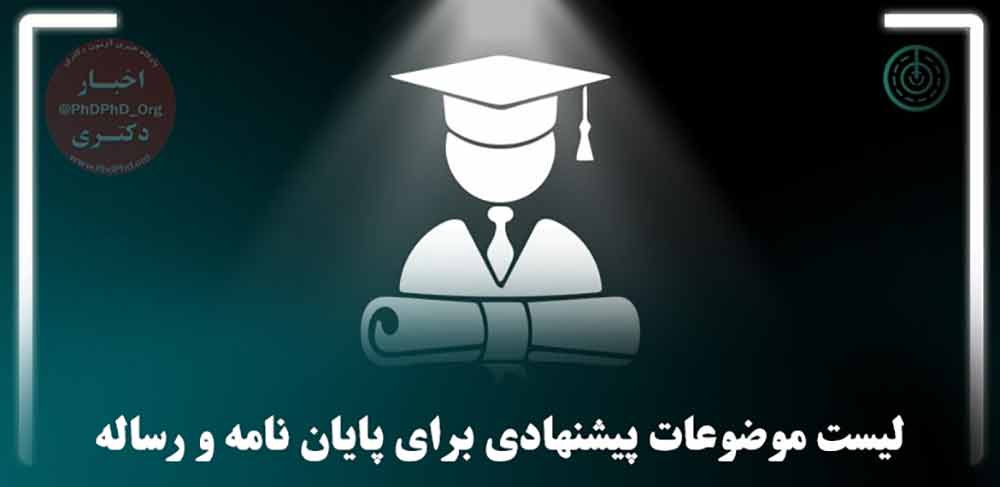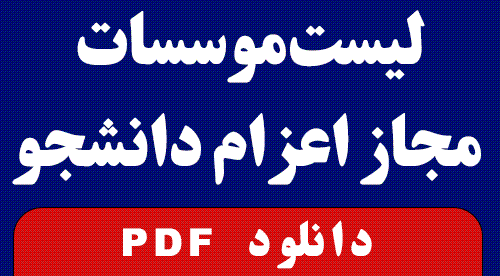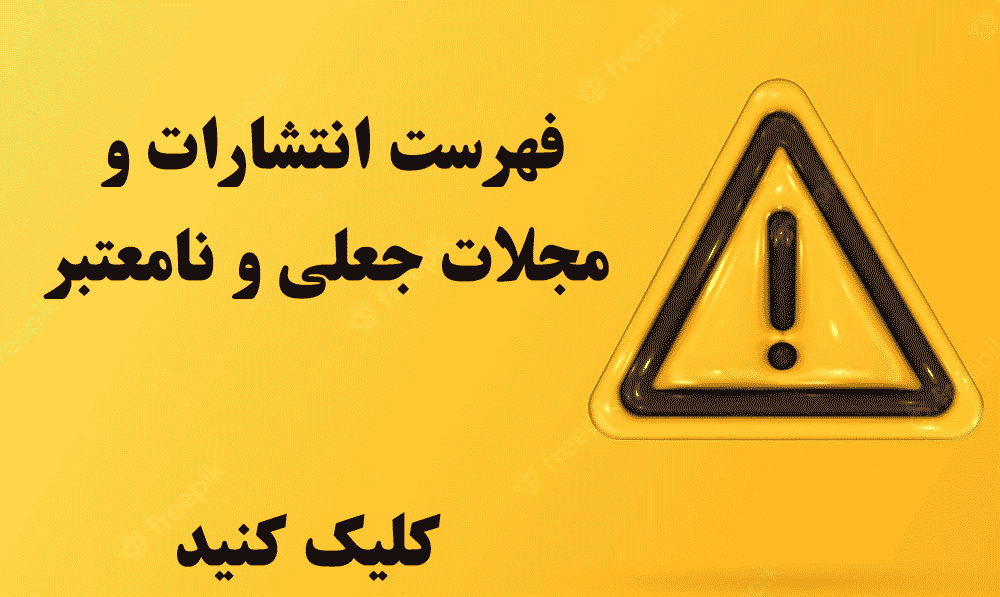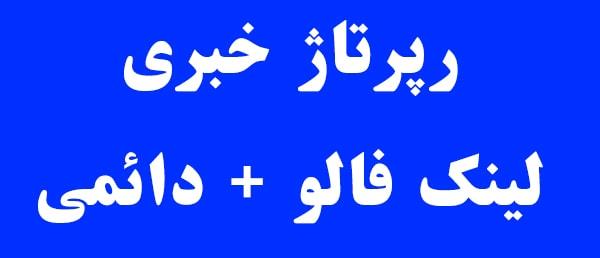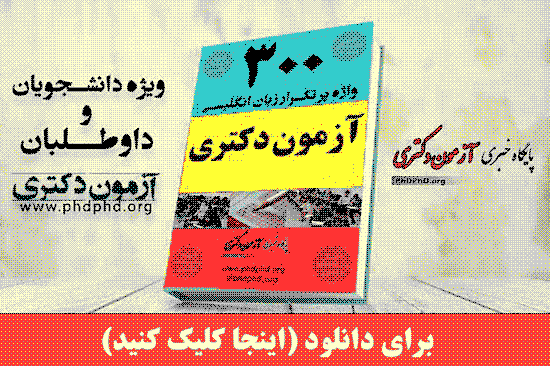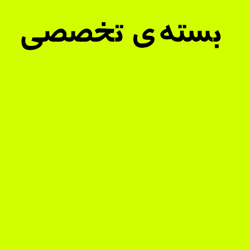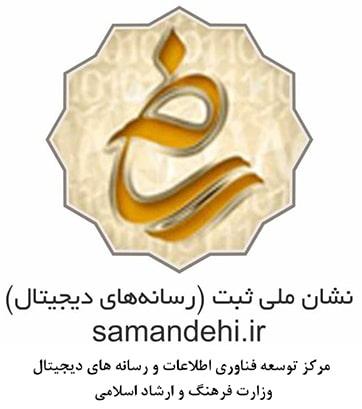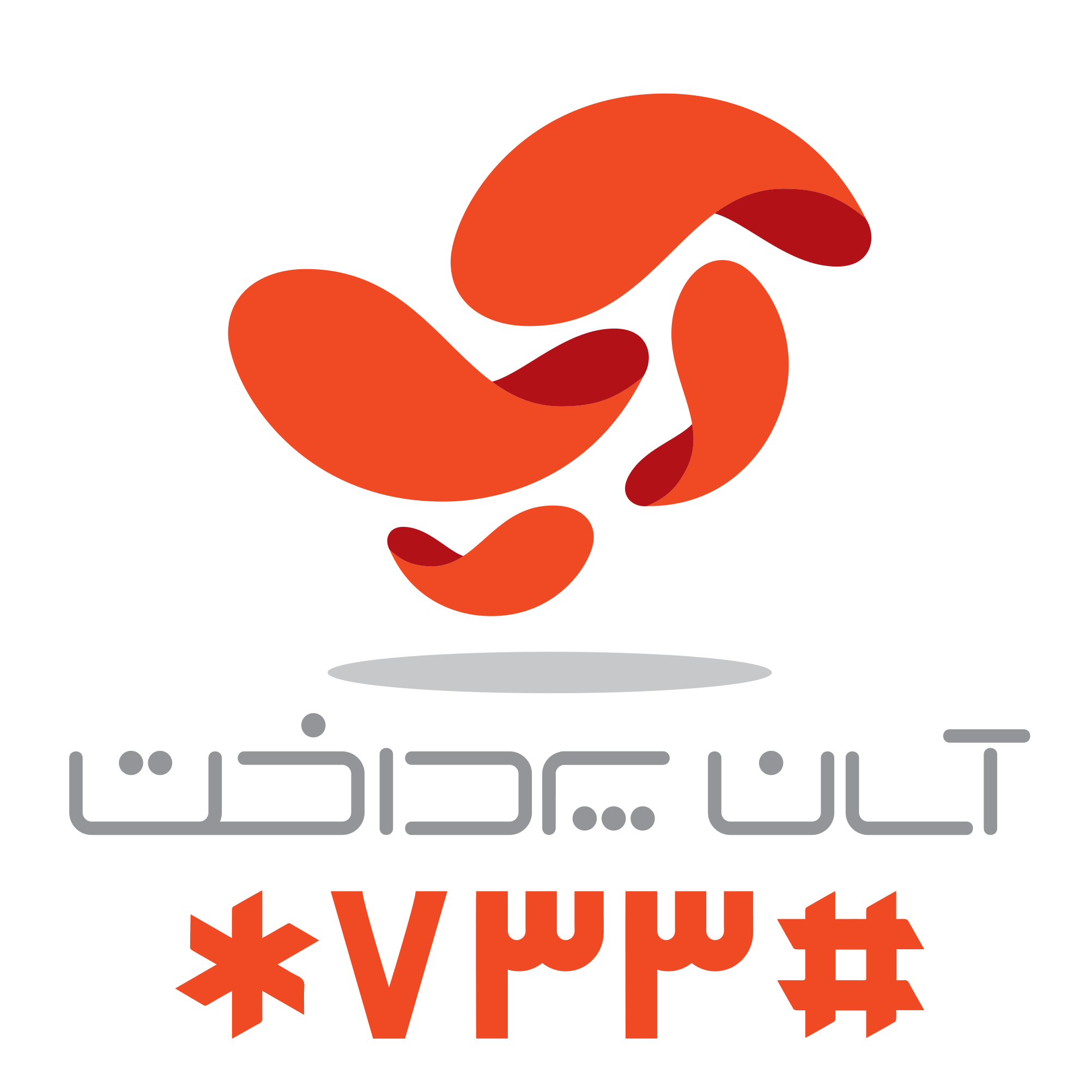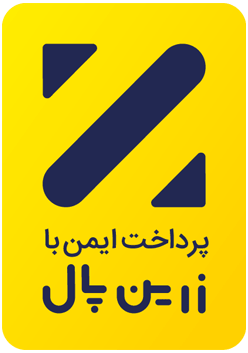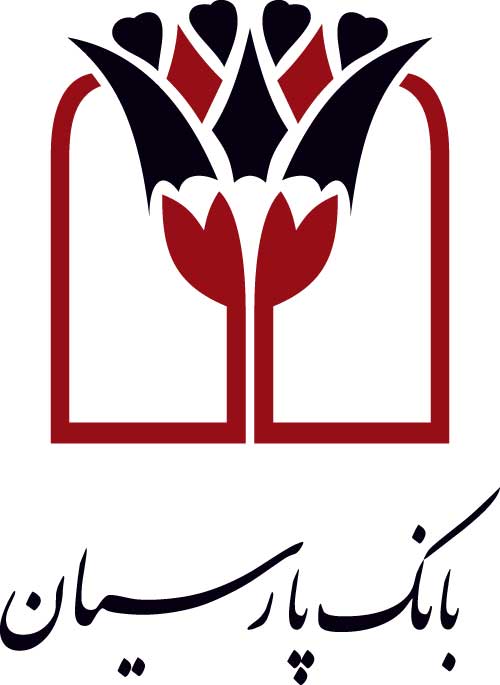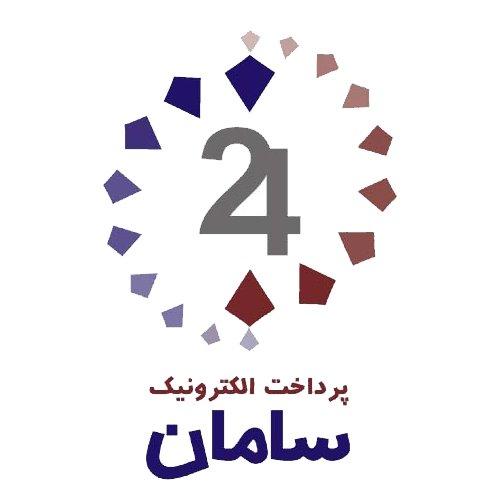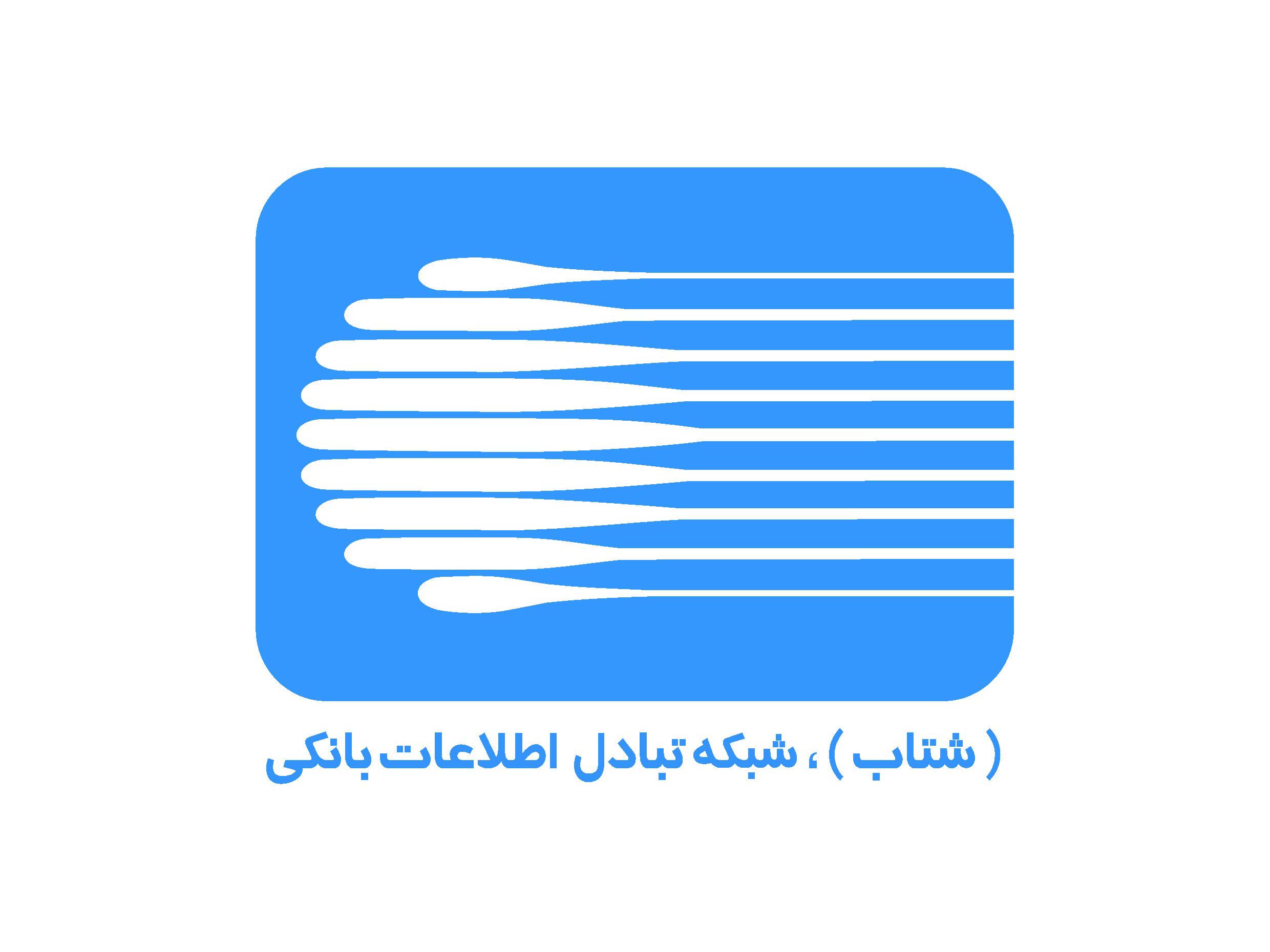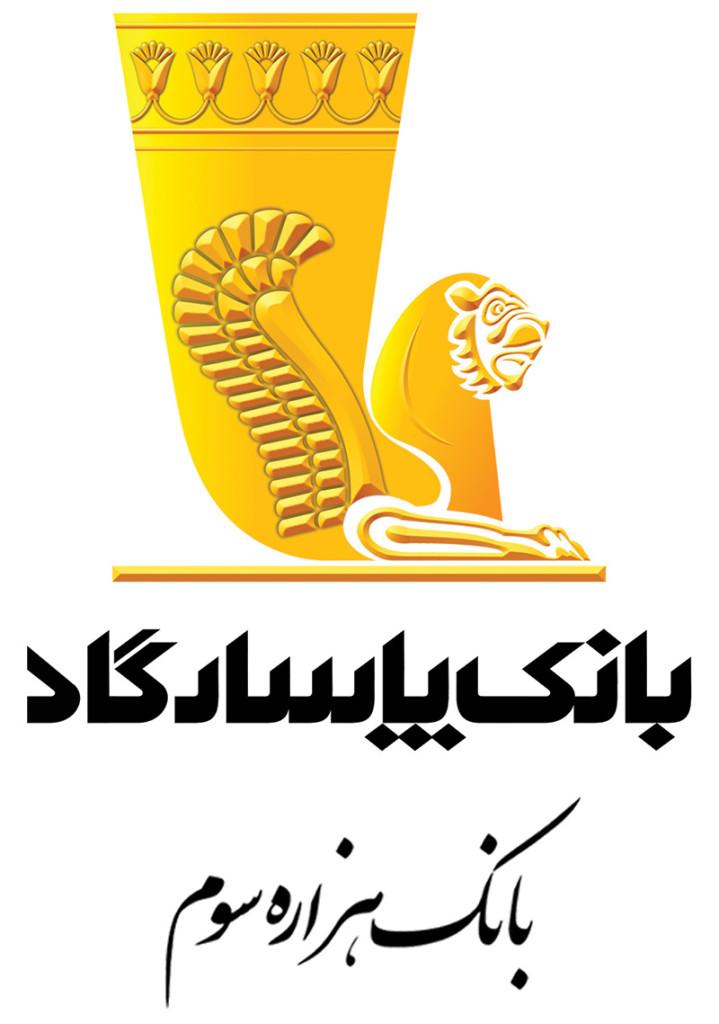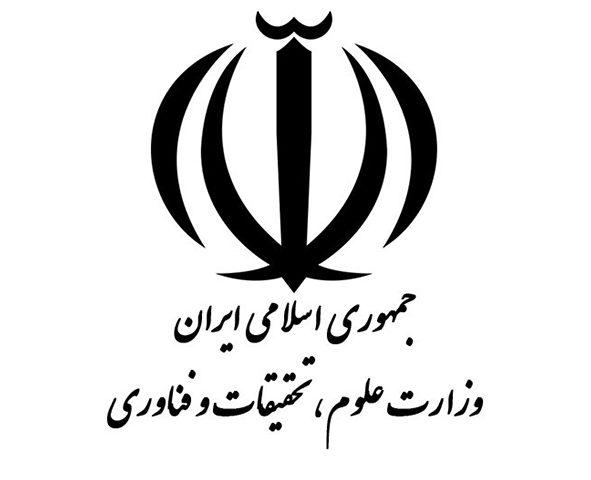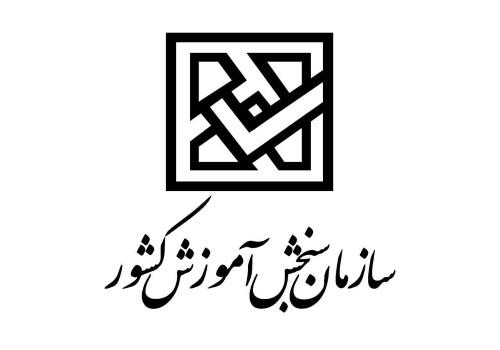تاریخ بروزرسانی : 1397/08/14
سرفصل های درس نظریه های ترجمه

نام بسته درسی : نظریه های ترجمه
———————————————————–
فهرست:
WHY TRANSLATION?
CULTURAL RELATIONS
SOCIO-MULTICULTURALISM
SCIENTIFIC EXCHANGES
SOCIO-IDEOLOGICAL EXPORTATION
POINTS FOR FURTHER CLASS DISCUSSIONS
SHORT STATEMENTS ON THE PURPOSES OF TRANSLATING
TRANSLATION THEORIES
DEVELOPMENTS OF THE THEORY OF TRANSLATION IN EUROPE
MODERN THEORIES OF TRANSLATION
THEORETICAL PROBLEMS OF TRANSLATION
LEXICAL PROBLEMS
SYNTACTIC PROBLEMS
CHARACTERISTICS OF AN ADEQUATE TRANSLATION
CHARACTERISTICS OF A COMPETENT TRANSLATOR
INTERPRETATION
DEFINITION
TYPES OF INTERPRETATION
بخش هایی از بسته درسی نظریه های ترجمه
WHY TRANSLATION?
When interpretation was first used as a means to act as a bridge between primitive peoples is not really known because no records can be traced back in history. But what is definitely known is that as soon as writing was, invented and developed among separate nations in antiquity, translation came to play a significant role in intercommunication. But the question still remains unanswered: Why translation? Do we really need translation? This question can be viewed from two different perspectives. On the one hand, it seems to; be useless and of no value since it is possible to conduct a long-time career without any access to translations. If there is no enthusiasm to know others or even to care what others do, then translating, taking into consideration all its shortcomings, is a waste of energy and time spent by individuals. Only a few may be interested in knowing other peoples’ cultural, sociological, political and emotional attitudes and thoughts and, for them, the solution would be to learn the respective languages. On the other hand, the flow of enthusiasm to get to the thoughts, ideas, and information of others, no matter how and to what extent, makes translation inevitable and, as a consequence, it becomes a choice of priority. In Raffel’s words, “As long as the need to know (other cultures) is great, the need for translation will be great” (1973:2). Another question might be brought up to seek what the outcomes of this knowledge would be and how much of it is needed. The immediate response would be, “As much as we need to know ourselves when compared to others” (Raffel, 1973). How can one evaluate himself or his community if no other community is fully known to us so that we can compare ourselves with it! Raffel states, “The more one knows of other cultures, the more one knows of one’s self” (1973:6). This awareness of oneself, thus gained as a result of cultural contacts with foreign cultures makes one pragmatic and realistic in one’s attitudes towards the world’s affairs and enables one to cope better with oneself and to conduct a more successful life.
Looking at education as a general world process, one is deemed to believe that, with regard to the fast improvements in world’s affairs, nothing but an access to translation, that is, a means to an opening to the world events, plays a significant role. Removing obstacles to learning, when viewed from a different angle, cannot be fully achieved without facilitating the conditions in which fast and reliable translations become easily accessible to learners.
When communities lived in isolation, education was, in a narrower sense, confined to the acknowledgement of one’s community’s traditions, beliefs, thoughts and ideas.The long lasting periods of darkness in the Middle Ages, though detrimental to the lives of the people of that time, revealed an undeniable fact that to live and to progress requires awareness in conscience and broad-mindedness in views and attitudes. People are created not to live in isolation but to search for better understanding of other nations and to live in peace. To achieve such a goal, educational systems must be so equipped to meet these universal needs. Translation occupies a significant place in the educational curriculum development as a means to open out to us other peoples’ experiences that we would not have otherwise.
CULTURAL RELATIONS
Translation is a two-way process: from one culture to the others; and from other cultures into one’s own culture. In other words, there is a give and take process involved. If a knowledge of industrialized nations and the secrets to their developments and improvements is a need to the developing of “backward-held” nations, the same is true to the corrupted and self-deceived nations who have found their communities void of moralities, and who may seek satiety in other so-called “less developed” but highly cultured nations. Lofty ideologies, though manipulated by corrupted agents to be replaced by cheap ones now and then, are to find their ways into other nations, not to the extent to aware them of their own existences, but to show them how a healthy life should be conducted.”Without translation, peoples may walk across you, but few are even aware that you are there (Chute:66).” This cultural transmutation is not only practicable and demanded when cultures meet physically, but it may also be appreciated when one cannot find answers to one’s insatiable thirst for knowledge in one’s own culture. The cries come from different directions.
“We need translation today in Europe more than even we needed it before”, says Belloc, “we need it materially in the satisfaction of common life, for discovery is common to all our culture and is not of one province. We need it spiritually, in the spreading and comparison of separate cultural efforts more than ever it was needed before, at any rate of recent centuries:
Elsa Gress, truly but implicitly, opens up the door to a more general understanding that, “Without translation, Western civilization from antiquity on would be unthinkable in its present form” (1971:56). Most probably, she refers to the serious task of translation which was undertaken by the Islamic scholars, who having conquered the Greek World, made Arabic versions of its great scientific and philosophical works. Since manuscripts of the Greek science scarcely existed in the West, some translations were made from Arabic into Latin during the Middle Ages.
SOCIO-MULTICULTURALISM
For some though not many, the first definition which the word ‘translation’ pictures in minds, would be ‘a means to rewording in another language’. In
other words, the immediate picture depicted of ‘translation’ is a situation where one language form is transferred into another. Catford calls this process interlingual. Nevertheless, translation as an intralingual phenomenon (i.e., rewording in the same language), is of great concern to the administration authorities of cosmopolitan societies where the diversification of cultures is so extensive that communications among members sometimes comes to a halt.
Wars, natural catastrophes and calamities, political unrest, social disturbances, and social and political emigrations sometimes bring people and cultures so closely together that, if intralingual translations cannot pave the way for removing misunderstandings, they become sources of clashes and inevitable fights for many centuries to come. A good example is the post-war era in our country, where due to an imposed war and because of vast local immigration from the war-trodden zones into the more secured areas, linguistic misunderstandings have arisen which require psychological, social, and linguistic cares. It is true that Persian is the common language used nationwide, nevertheless, some interpretations of people’s talk is needed if people are expected to be treated justly. Most of the materials prepared for a special community must be thoughtfully tailored to satisfy the needs of the immigrants.
In communities where a great number of cultures intermingle, differences of world views lead to misunderstandings. The reason is that one group is always unaware of others’ cultures. To familiarize people of different traditions, translations can be very useful and effective.
SCIENTIFIC EXCHANGES
The industrialized changes began about 1750. They came so quickly that they were like a revolution in industry, that is, in the way people live and think, in the way they demand. Until this time, people lived independent of one another. The use of machines changed life not only in Europe but all over the world. Self-reliance, as it was favored and practiced up to that time was no longer practicable. Socially separated world fragments found it no longer possible to continue to live independently. Soon the news spread all over the world that machinary was an answer to all miseries. This issue further raised other questions. Would the machines make life easier and if they do, how does the machine work! New inventions brought the nations of the world closer together. But such inventions, though they made life easier, brought disasters as well as miseries to the world communities to the extent that they had never anticipated before. Sophisticated weaponry, machineries, radio-controlled lethal ! rockets, nuclear powers, missiles, and other arsenals pushed the industrialized l nations to a more superior position and made them less dependent. Instead, the less developed countries found themselves helpless and more dependent, physically though not spiritually. The gap grew so large that filling it required hard working and preplanned actions.
The Iraqi imposed war on Iran, in our era, proved the fact that without scientific knowledge, no cultural independence is attainable. In other words, we came to know that science and technology, if not a determiner for superiority as it was once assumed, is a key factor to success. No wonder, youth were encouraged to seek scientific self-reliance. To gain it, scientific translating has played a significant role, though the techniques used are not without their shortcomings and still are to be improved. We witness today how hard some devoted people, though some novices among them, work to fill this gap through transferring scientific texts from other languages into our language. Scientific magazines have been enriched with translations introducing new scientific ideas.
On the other hand, due to new experiences in medical science and surgery emanated from the Iraqi use of chemical weapons, and particularly the development of techniques of rehabilitation services rendered to the war-handicapped, a demand for Persian-to-English translations is increasing and is of interest to the world population. Medical conferences are held annually and hundreds of experts from all over the world rush to get, access to the new experiences. None of them, for sure, could have been achieved if interpreters and translators had not cooperated sincerely.
The Islamic Economy and the newly-founded Islamic Banking Services in Iran are experiences unprecedented in the today’s world, and should be introduced to the people of the world.
SOCIO-IDEOLOGICAL EXPORTATION
The first important translation in the classical was that of the Septuagint, for the dispersed Jews had forgotten their ancestral language and demanded Greek versions of their Scriptures. The Bible as well as many other religious texts have been over and over translated into different languages through the years to ‘bedevil’ all of the rest (Academic Encyclopedia Americana, 1987).
Ulfita’s rendering of the New Testament into Gothic, Aquila’s updated new version of Septuagint in the second century; Saint Jerome’s translation of the Bible into Latin in the fourth century, Alfred the Great’s translation of Pope Gregory’s “Pastoral Care’ in 894, Aelfric’s “The Lives of the Saints” in the tenth century; Maimonide’s writing on the “Laws of Jerusalem” in Hebrew and his “Millatha-Higgayon”, a study on the technical terms used in metaphysics in the twelfth century; Wycliffe’s version of the Bible in 1383; Bokenham’s “Legends of the Holy Women”, inspired by Chaucer (Britannica, 1986), translated from Latin in the fourteenth century; Caxton’s interest in printing St. Jerome’s translation of “Lives of the Fathers” in the fifteenth century; Luther’s translation of the Bible into German in 1534; Fulke’s “Defence of the Science and True Translation of the Holy Scriptures” into English in 1589; Tyndale’s “The Obedience of a Christian Man”, and his rendering of king James version of the Bible in the seventeenth century; and innumerable translations of Christian books into newly-explored languages in the twentieth century all indicate the amount of energies spent to disseminate the Christian religious thoughts and understandings to the non-Christian populations of the world. As long as they are the only available doctrines to the world populations, other ideologies remain unexplored. It goes without saying that familiarity with these ideologies through translations from other languages into our own language is a need provided that our ideology could equally be accessible to Christian populations as well. How can the existing ideologies be compared if only a limited group has access and the rest are hidden from general view ?
“… Islam has been a target of assaults for the last one-and-a-half century by colonial powers and their subservient reactionary regimes”, states President Khamenei, “… exactly because of its in-exhaustible capacity for evolution and reconstruction’.
(22nd Session of the UN General Assembly, 1987:7)
Further, President Khamenei adds:
“The system of world domination fiddles with human ideas and concepts, and changes and distorts them at will, and tries to inject the distorted meanings into people’s minds”.
To defend our ideological status and views, we need to expand translation not just from other languages into our own but from our own into the other ones. President Khamenei’s speech delivered into other languages is a good example to show the significance of translation in communicating world views. Had his speech not been rendered into other languages, the world nations would have known nothing of his lofty statements in regard to the story of the Islamic Revolution.
Unfortunately, most of the translations which have been carried out so far from Persian, concerning the Islamic ideology and the Islamic Revolution, have been into English, French and German. What is urgently needed is the establishment of a center for rendering these texts into languages of the people and not the languages of governments.
Despite the false image presented world-widely for the repeated term of “the exportation of the Islamic ideology”, translations, if rendered justly and accurately, can draw a true picture of what it really means. Students must concern themselves with the texts particularly written on the subject and do their best to translate them into other languages based on the new techniques and theories of translation.
CULTURAL RETRENCHMENTS AND SUPERADDI T ION ULTURAL PROTECTIONISM
Whether translators should be faithful to the original texts to the extent that they render them ‘word for word’ or even ‘sense for sense’, or they should feel free to retrench from or add to the originals is a lengthy discussion favored by some theoreticians and totally rejected by the others.
Alexander Woodhouslee advocates retrenchments and additions by stating that, “This liberty (i.e., adding to and retrenching from) may be used, but with the greatest caution” (1-79.7439j-, further he adds:
“Analogous to this liberty by adding to or retrenching from the ideas of the original is the liberty which a translator may take of correcting what appears to him a careless or inaccurate expression of the original, where that inaccuracy seems materially to affect the sense”.
Denham, in his preface to the second book of Virgil states,
“Poetry is of so subtle a spirit that in pouring out of one language into another, it will all evaporate”,
and the solution would then be,
“… and if a new spirit is not added in the transfusion, there will remain nothing but a ‘caput mortuum”.
Raffel Burton also implicitly supports the idea by stating that, “… the literal translation is a lie, it is a fake and a fraud’ (Burton, 1973:13).
Sir Stanely Unwin finds ‘national pride’ and `(dirty) jokes’ “excuses to tailor the text and to retrench from them if it does not ‘.„ distort or denature the book.”
Nida enumerates a number of cases where additions, subtractions and alterations can be carried out. He particularly emphasizes the techniques of adjustments. The three categories include the followings:
برای مشاوره اینجا بزنید

| |
نوشتههای تازه


